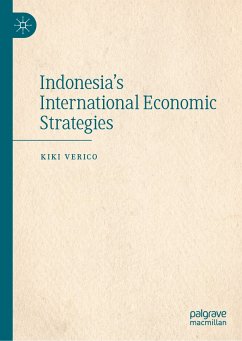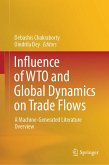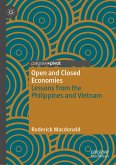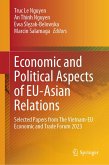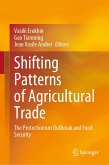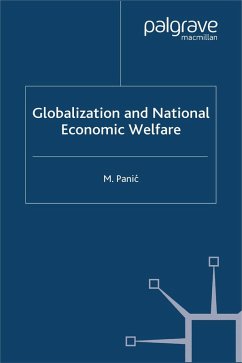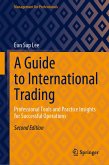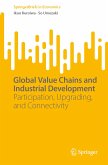Starting at the unilateral level, the book outlines how Indonesia managed its macro-economy to recover quickly and adequately from 2020 to 2021 amidst the global COVID-19 pandemic. It argues that Indonesia needs an open economic principle to enhance trade and investment relations. In addition, the book elaborates on how Indonesia transforms its economy with export-oriented long-run investment (Foreign Direct Investment) inflows as a necessary condition for economic transformation as it fits with Indonesia's manufacturing sector, which is critical to the country. Further, the book thoroughly explains Indonesia's bilateral economic relations, from its production networks with Indonesia's major partners to their impacts. It highlights the products which willprovide enormous potential benefits for the country.
The book also covers regional and mega-regional aspects of Indonesia's economy. Focusing on the Association of Southeast Asian Nations (ASEAN), it emphasises the regional organisation's three essential principles for economic integration: openness, convergence, and inclusiveness. In doing so, research in the book also includes perspectives on how ASEAN sees Asia and the Indo-Pacific framework. It also argues that ASEAN needs centrality in enlarging its economic cooperation with other countries or regions and how a member state's unilateral and bilateral liberalisation are building blocks for ASEAN.
Dieser Download kann aus rechtlichen Gründen nur mit Rechnungsadresse in A, B, BG, CY, CZ, D, DK, EW, E, FIN, F, GR, HR, H, IRL, I, LT, L, LR, M, NL, PL, P, R, S, SLO, SK ausgeliefert werden.

